THE MIDDLE EAST ON THE TIP OF YOUR TONGUE! NATIONAL CUISINES FROM THE LAND OF SPICES
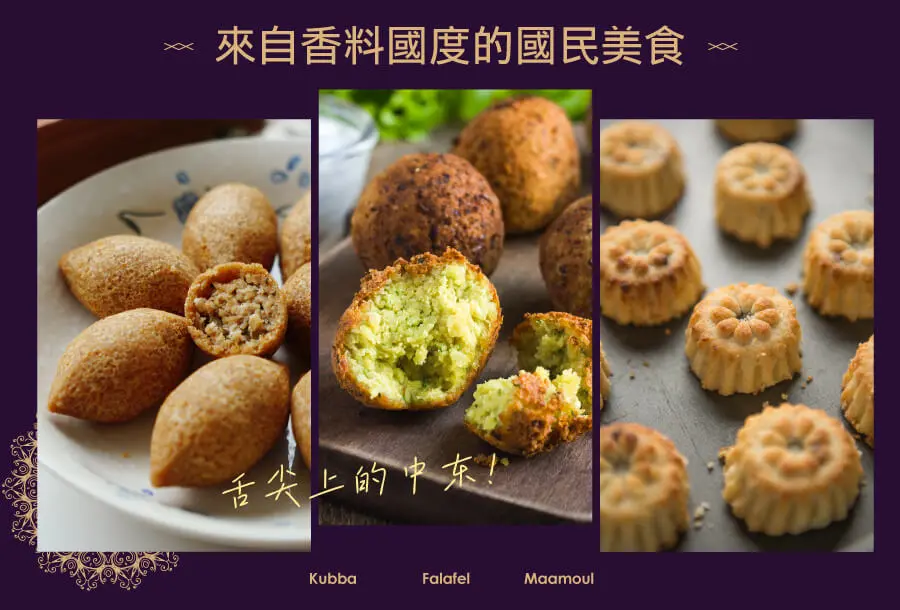
The Middle East On The Tip Of Your Tongue! National Cuisines From The Land Of Spices
To The Middle East – Seize Islamic Market
The special geographical location and rich history and culture veiled the oriental region with mystery. It is not only the cradle of ancient civilizations, but also the birthplace of major religions, Christianity and Islam. About 93% of population in the Middle East and North Africa are Muslims. According to the statistics of the Organization of Islamic Cooperation, the global Muslim population has exceeded 1.8 billion in 2018, accounting for 24% of the world’s total population, of which the average age is only around 30 years old. Compared with developed countries, which are facing the challenges of aging society and slow economic growth, Muslim countries have shown huge demographic dividends and growth momentum. It is estimated that the halal diet will grow to 1.8 trillion US dollars in 2023, attracting many investors’ attentions. International corporations have been developing the Muslim market. More than half of the world’s Muslim population is concentrated in the “Asia-Pacific region”. Seize business opportunities and take the lead in this trend.
Throughout the history, the Middle East has always been an important bridge connecting the three continents-Europe, Asia and Africa. The frequent cultural and commercial interactions result to the fusion and adaption of foods. Combining Eastern and Western features, the cuisines are rich in flavors and forms. In this article, we will introduce you to the three major Middle Eastern national cuisines, and take a peek at the glamorous Middle East world.
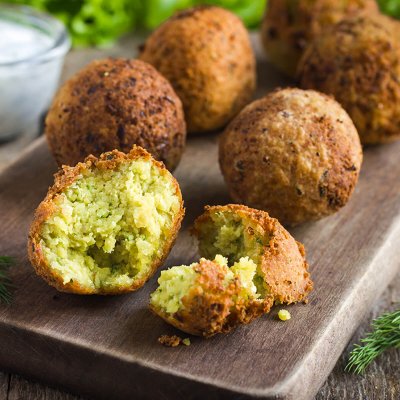 |
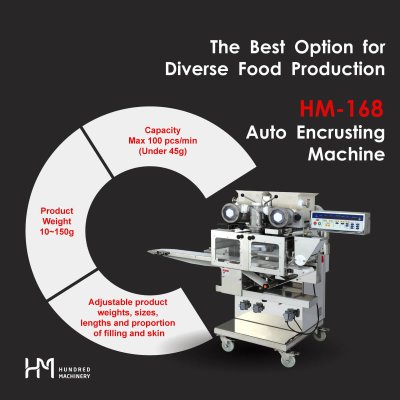 |
Middle Eastern National Street Food – Falafel
Falafel, the star of Levantine cuisine, is made of the mixture of chickpeas and broad beans with fresh onions, coriander and other vegetables. Seasoned with special Middle Eastern spices, the mixture will be added with bread flour and flour, then be shaped into a ball. Fried with vegetable oil, falafel is simple yet tasty. Falafel is not only favored in the Mediterranean region, it is also welcomed in Europe and North America. How to make the most authentic Falafel? Sandwich it in a pita, with lettuce, diced tomato, sliced cucumber, pickled olives and other ingredients, and then drizzle it with special sesame sauce or yogurt sauce. Delicious. Since vegan foods had become more and more popular, the whole-plant Falafel has once again been favored by the public. Many brands have also begun to make chickpea patties to replace burger patties. The nutritious chickpea can not only serve as great protein supplement but also expand the choices for vegan products.
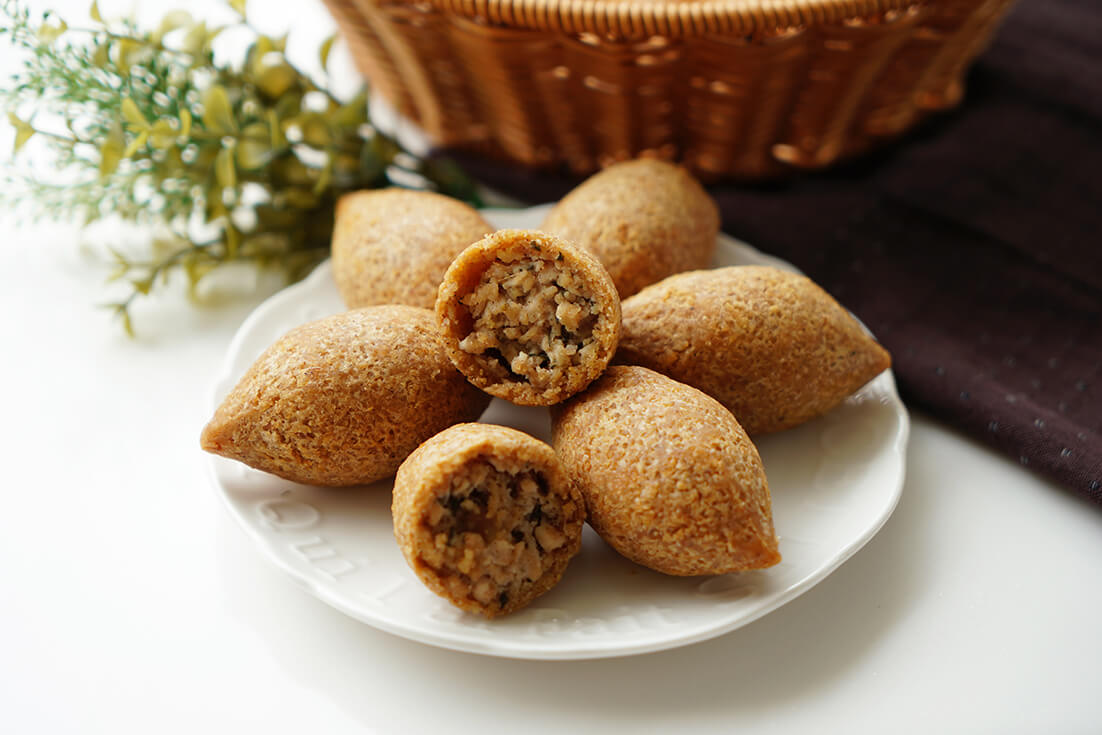 |
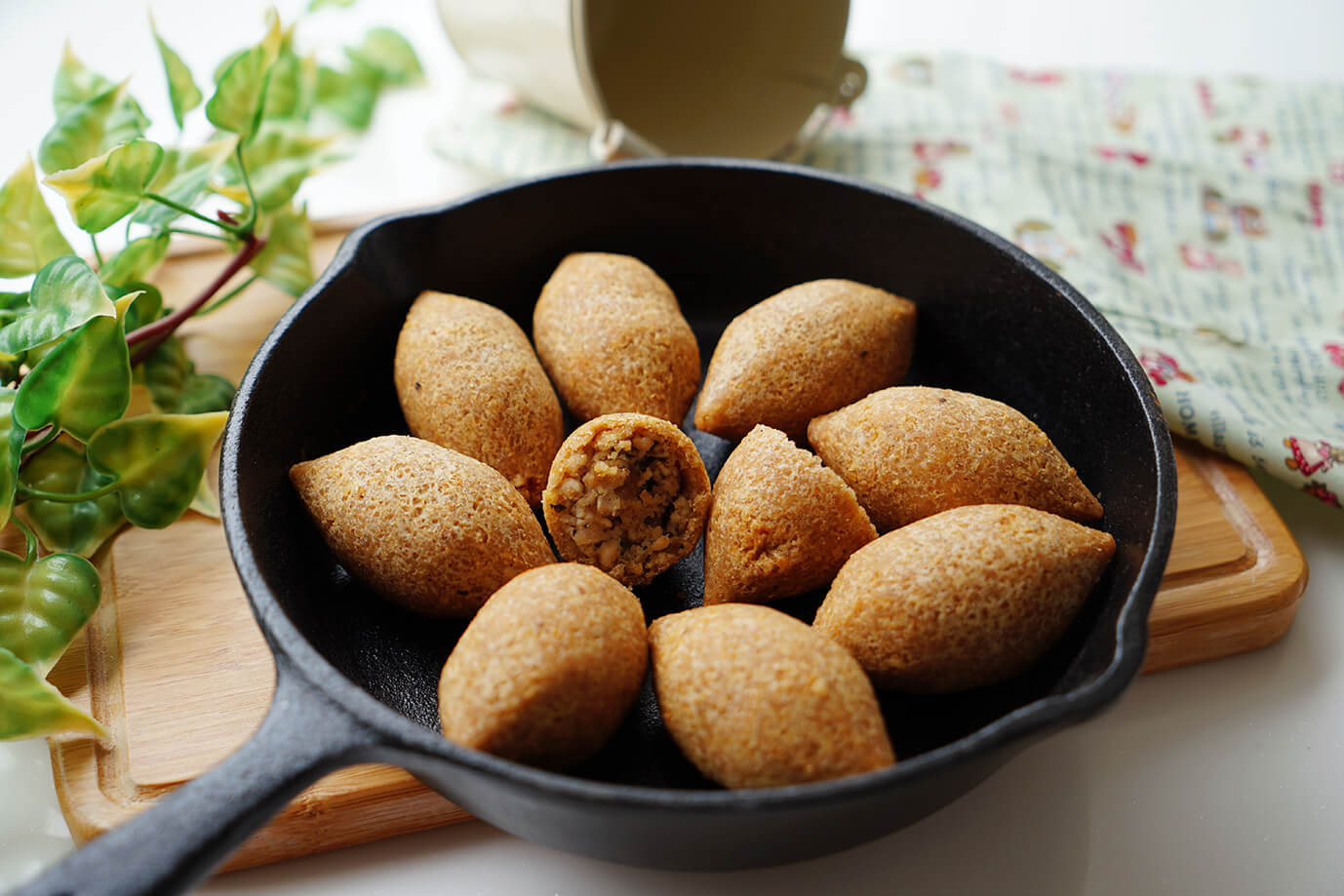 |
Syrian National Dish – Kibbeh
Minced lamb mixed with bulgur wheat, the olive-shaped meatball is stuffed with minced meat and toasted pine nuts and local spices such as allspice, cardamom, cloves, etc. to enrich the flavor. Fried kibbeh is a must-eat Levantine cuisine. After a long period of transformation, kibbeh has developed different recipe and form in different regions The variants including adding yogurt or cheese, simmering in tomato soup which was called Kubbeh bamia, and more. From appetizer to main course, kibbeh, the iconic Middle East traditional snack, will keep on satisfying your taste buds.
 |
 |
Eid Al-Fitr Delicacy—Middle East Jujube Cake Maamoul
Ramadan is the holiest day for Muslims around the world and a major holiday in the Middle East. After a whole month of fasting, many delicious Eid al-Fitr meals are awaiting. Among all kinds of delicacies, Maamoul is one of the indispensable desserts. The rose or neroli scented dough is filled with figs, date or pistachios, crushed walnuts, etc. The natural sweetness of date paste and the texture of nuts make maamoul tasty and profound. Like mooncakes of East Asia, maamouls are stamped with various patterns. Local residents in the Middle East will print delicate and elegant patterns on Maamoul or press them into half-moon and round cake shapes. Maamoul is very popular with locals during Hari Raya Aidilfitri, Christmas and other festivals
Thanks to the progress in global vaccination coverage, the live has betting back to normal, and the demand for hospitality industry has gradually increasing. However, affected by the pandemic, people have paid more attention to hygiene and the production environment than before. Assuring food safety has also become more important. The use of automated machinery can not only improve productivity, but also reduce personnel contact, creating safer condition for food production. In addition to the shortage of manpower, adapting Industry 4.0 and using machinery for mass production can not only seize business opportunities but also be a step ahead the market. HM-168 The best option for diverse food production.
